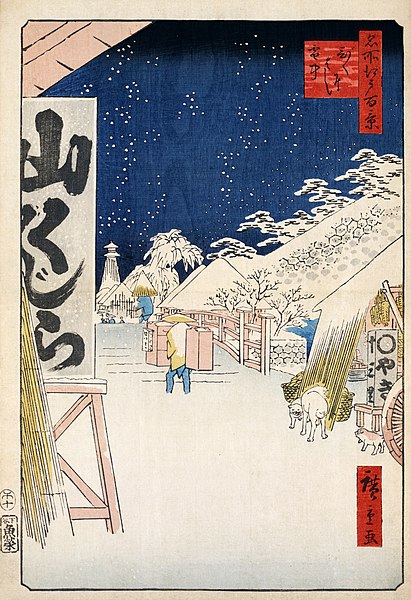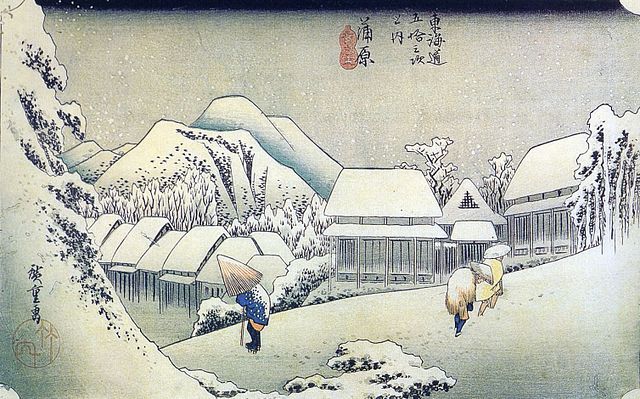
Thammasat University students who are interested in literature, political science, history, sociology, Japan, cultural and social anthropology, cultural studies, tourism, economics, business, and related subjects may find a newly available book useful.
Masterpieces on Japan by Foreign Authors: From Goncharov to Pinguet is an Open Access book, available for free download at this link:
https://link.springer.com/book/10.1007/978-981-19-9853-9
The TU Library collection includes other books about different accounts of travel to Japan.
The publisher’s description of the book notes:
This open access book includes forty-one chapters about foreign observers’ discourses on Japan. These include a wide range of perspectives from the travelogues of curious visitors to academic theses by scholars, which offer us a broad spectrum of contents, reflecting a variety of attitudes toward Japan. The works were written during the period from the 1850s to the 1980s, a timespan during which Japan became, in stages, more open to the outside world after a long isolation under the Tokugawa shogunate. From the perspective of “Japanology,” one can discern three distinct periods of rising interest in the country from abroad. The first tide of such interest came shortly after the opening of Japan, when various foreign travelers, including those who could not be included in this book, came over and wrote down their impressions of the country—which was, for them, a land of mystery and mystique, which had just opened its doors to them. The second wave arose at the beginning of the twentieth century, just after the Russo-Japanese War, when Japan again generated a remarkable surge of interest as a “miracle” in Asia that had pulled off the wondrous feat of defeating a white superpower. The third wave was more recent, which took place from the late 1960s to the 1980s, a period of high economic growth when the “miracle” of Japan’s remarkable economic recovery from the defeat of World War II attracted enthusiastic and curious attention from the outside world once again. It is not the intention of this book to directly highlight such historical transitions, but these forty-two brilliant mirrors (forty-one chapters, including forty-two discourses), even when looked in casually, provide us with unexpected insights and various perspectives. Shōichi Saeki (1922–2016) was Professor Emeritus, the University of Tokyo. Tōru Haga (1931–2020) was Professor Emeritus, International Research Center for Japanese Studies.

To an interviewer in 1990, Professor Saeki noted about Japanese non-fictional and biographical trends:
In Japan, especially in the modern age, there was a resurgence of the Heian autobiographical writing, autobiographical novels and journals. Then this type of autobiographical novel was an almost incessant product of Japanese fiction writers. On the other hand, pure autobiography was rather hard to find. Espe cially where literary writers were concerned. They tended not towards pure autobiography but towards a mix. […] And I think the personal factor in literature predominated in Japan for so many centuries, from the time of the so-called court ladies’ autobiography of the 10th or 11th century on. The personal confessionals were somehow always seeping into various genres. On the other hand, in the West this sort of merging was something quite new and quite modern. […]
Well, there were two inputs. First the Japanese writers were, after Rousseau, fascinated with the Western concepts of ego. They assimilated Realistic and Naturalistic techniques and these works merged as the “I” novel—they worked in their own lives in the new form. And here came the second input: an almost unconscious return to the Heian mixture of romance and reality. So modern writers are indebted to both Western and Eastern mixtures of fact and fiction. […]
Yes, I notice Americans who are quite interested in Bassho the haiku poet of the 17th century. And Bassho has written various travel journals. One of the most famous, called Oku-no Hosomichi—how shall I translate it: Narrow Roads of Oku? was published in Penguin Books too. Travel genre through the northern part of Japan. Autobiographical travel genre. Now I think the 300th anniversary is going to be celebrated. Even the Japanese railway is taking advantage of it. Anyhow, it’s some sort of poetic pilgrimage. Some Japanese haiku poets and bitter young men wanted to take the same route. […]

But today the slump has given way to richness— sometimes embarrassing. First there were the many autobiogra phies—often self-indulging. These became tiresome. Eventually there was more demand for objective biography. And this has resulted in a number of good lives. You know sometimes the famous politicians’ sons and relatives ask some biographer to write commemorative volumes. And that tradition was quite powerful in Japan until recently. So far as the real life of the statesman and businessman is concerned I think it’s rather scarce. But the situation is changing. They are trying. Some of the biographers have started to write real biographies of states men, quite objective and not merely commemorative. Of course, in some cases, this sort of Strachean strain went too far. You referred to the hagiographical tradition. Another factor was the Confucian tradition. They put too much emphasis on the moral behavior, and on trying to give the examples of moral lessons, moral integrity and so on. And to idolize. This tendency was pretty strong I think until the beginning of the 20th century in Japan. And this factor somehow worked rather negatively in the emergence of true biography in Japan. […]
An interesting example is the emperor who died, Hirohito. The novelist Miura serialized the new biography of Emperor Hirohito. I don’t think it was a success, but it was quite objec tive and turned out well. We need more psychological probing and so on, but Miura did quite a good job. I noticed a British biography of Hirohito more than ten years ago. In Japan it remained almost unthinkable. But now the new ground is being broken. […] But Miura’s biography of Prince Hirohito was serialized in the daily newspaper, Sankei. That was quite recent. I think it’s welcome as a new point of departure. […] Miura himself is a well-noted novelist and his touch was pretty good, and very good at giving a vivid portrait of the emperor.

(All images courtesy of Wikimedia Commons)
